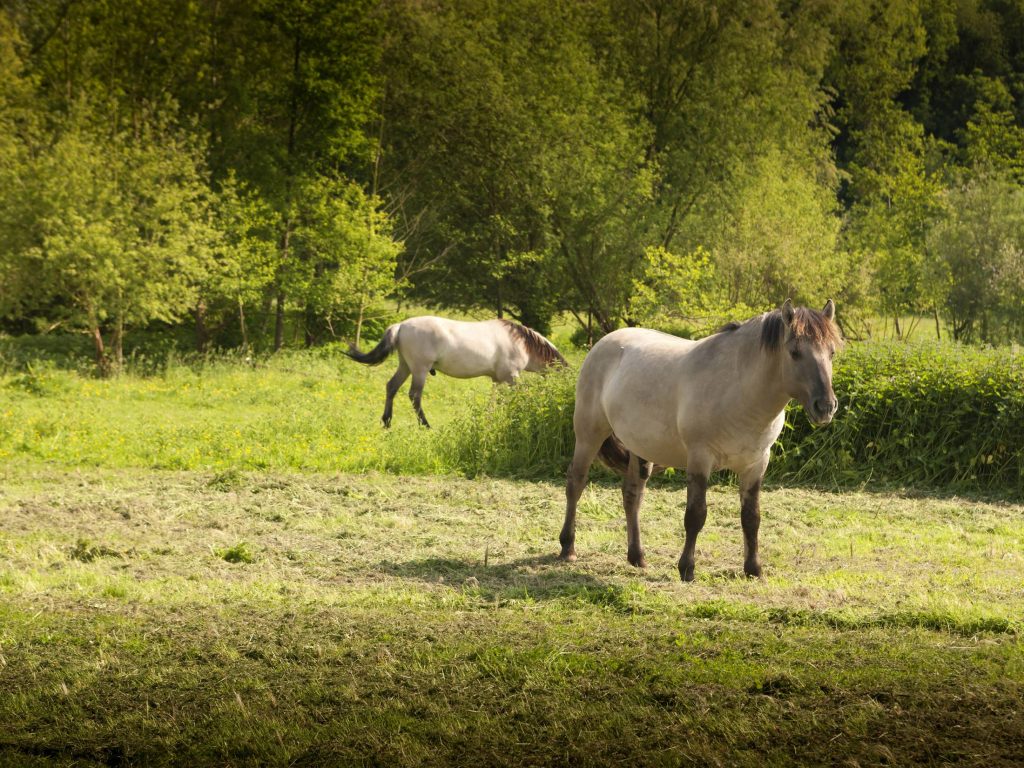Roman villa landscape
Geuldal, Valkenburg
The Romans quickly realized that the Geul Valley was excellent farmland. Here you can gaze straight into the Roman past, for the landscape has hardly changed. Large estates (villae rusticae) cultivated vast amounts of grain on the rolling hills. The harvests were transported along the Via Belgica, which cut through this region, to feed the hungry soldiers stationed on the Rhine frontier.
The Geul Valley is well worth exploring on foot or by bike. It is no coincidence that it has been designated a five-star landscape. Shaded hillside forests, sloping fields, and the meandering Geul with the occasional castle or watermill form a living postcard. Nature flourishes here, making it a delight not only for walkers and cyclists, but also for badgers, deer, bats, and countless rare flowers and plants. With its fertile soils, the area has always been a cherished agricultural region – just look at the fields and traditional orchards.
Discover
- Experience an authentic Roman landscape
Fun to know
- South Limburg: villa landscape
- About half of the Roman settlement remains found in South Limburg are villas, which is why the region is sometimes called a villa landscape. In total, more than 60 villa complexes have been excavated here. The word “villa” often evokes images of luxury, but in South Limburg that was not the case. In Roman times there were broadly two types of villas: the villa urbana, a luxurious country residence near a city, and the villa rustica, like those found in South Limburg, which were large farmsteads with houses for the owner and staff, barns, and surrounding farmland.
